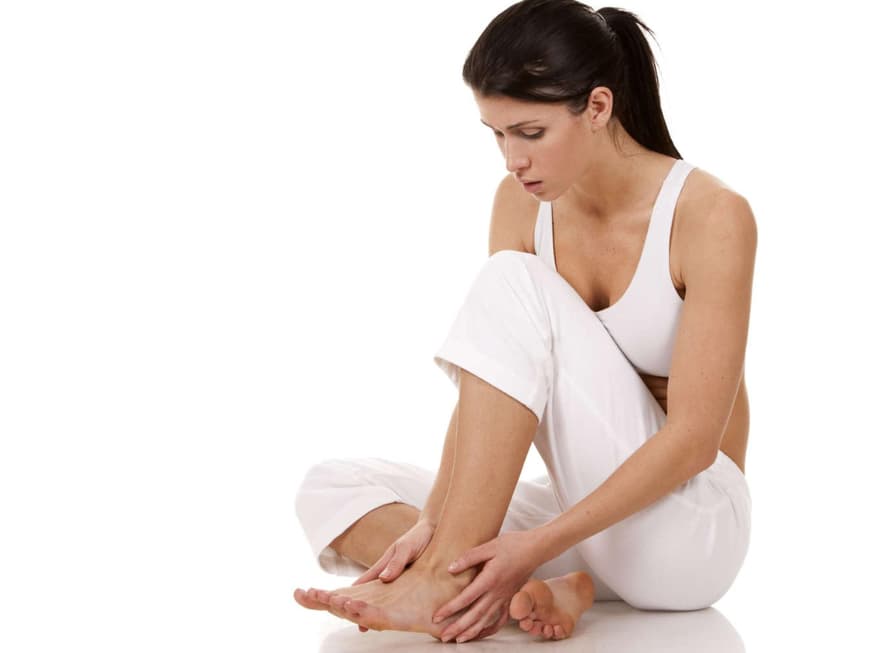
Open legs (leg ulcers) often occur as a result of a venous, but sometimes also arterial circulatory disorder. Leg ulcers usually occur on the inside of the lower leg and are open, weeping wounds that often lead to infections and pain when moving.
Compression stockings: when should you wear them?
Treatment of an open leg
One treatment option for an open leg caused by venous insufficiency is compression therapy, which is carried out with bandages or medical compression stockings. It is based on two pillars, as exercise is part of the therapy alongside compression bandages. The aim is to increase the pumping of blood back towards the heart and to remove the excess blood that has built up in the veins.
Compression stockings on prescription: how it works
Do not carry out wound treatment yourself
Under no circumstances should you treat an open leg yourself - it should be treated by a specialist. Not only could healing be delayed, it could also be set back. Open wounds also need to be cleaned regularly and dead tissue removed. In principle, however, dressings should not be changed so frequently. The doctor decides on the frequency and intervals, and this depends on the individual patient.
In the case of stubborn ulcers, an operation may be necessary, a so-called shave operation, in which the ulcer is cut out and the wound is closed via skin grafting.
Open leg: symptoms
You should see a doctor at the slightest sign. These include skin discoloration on the ankle or lower leg and the development of varicose veins. If wounds do not heal within a normal period of time, this could indicate venous leg ulcers. These should be examined and treated promptly. Swollen legs and a strong feeling of heaviness in the legs are also the first signs. Later, yellowish-brownish discoloration and a change in the skin may occur: It can become thicker but also thinner - tissue can die off due to severe damage. Open, weeping wounds can then spread quickly.
Sources: Apothekenumschau, Angio Cologne
